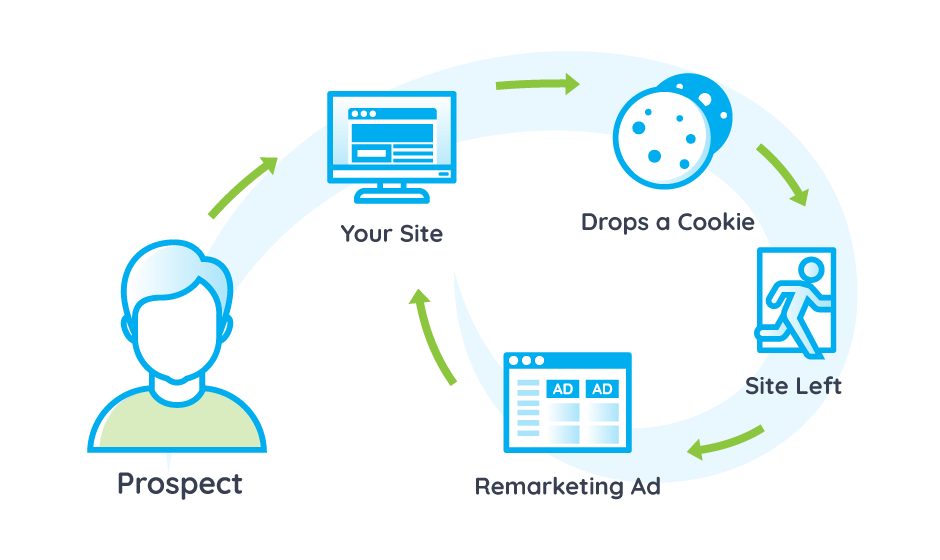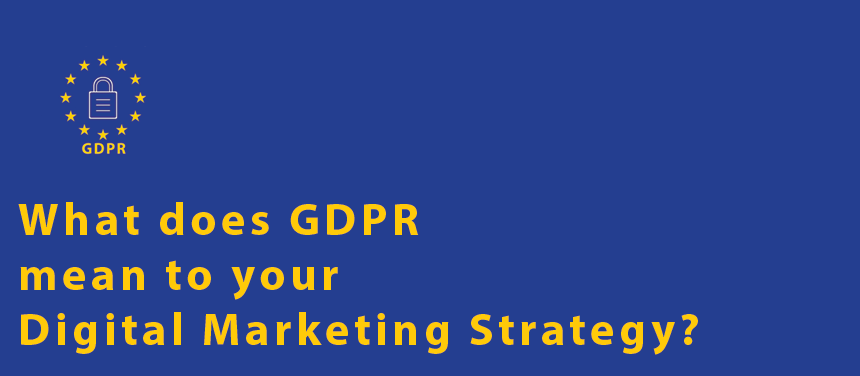What’s The Difference Between Traditional PR and Digital PR?
PR is PR, right?
Well, not exactly. Not anymore. There are two main types of PR now; traditional and digital.
Fundamentally, the mission of traditional PR and digital PR is the same. The core objective of both is to build brand awareness, whilst putting together a positive message, to help engage the most relevant audiences.

That said, public relations has moved on dramatically in the last 15, or so, years. Digital marketing is becoming an ever-important part of outreach. The use of online media in communications is on the rise too.
Do you want to know the biggest difference between these two types of public relations? It’s the fact digital PR needs to be considered as part of a wider online marketing strategy. Traditional PR doesn’t.
We get asked “what’s the difference between traditional PR and digital PR” all the time. Let’s explore, in more detail, some of the things we get asked most frequently. These questions include:
- What does digital PR do that traditional PR doesn’t?
- Are the messages the same?
- Any differences in terms of audience interaction?
- What different channels and tools are commonly used?
- How do you measure a PR campaign’s success?
What Does Digital PR Do That Traditional PR Doesn’t?
Digital PR is designed to align public relations with your wider online strategy including SEO, lead generation and inbound marketing.
SEO and improved search rankings are two areas in particular that traditional PR simply can’t help with. Done well, digital PR will drive performance improvements across the whole online profile of your business.
Digital PR can help you gain quality backlinks from higher authority domains, build a useable sales funnel via your content output, increase the value of PPC campaigns and leverage all the engagement opportunities that social media can provide.In a nutshell, you can do so much more than bog-standard PR, with digital PR. If you do it well, that is.

Are The Messages The Same?
When it comes to digital PR the message can often be much more subtle than traditional PR. When working with bloggers and online influencers there’s a higher level of focus on creating quality content around a specific subject. A subject that their audience will appreciate, whilst also somehow relating to your brand.
You have to be cleverer with your content output, otherwise the likelihood is it won’t get published. If your content isn’t published then you won’t get those all-important backlinks or improve your SEO.
Traditional PR will tend to be more direct. Perhaps a corporate communication that speaks directly to the target audience about the brand or a product. It can often be a bit more ‘salesy’ too. However, the message won’t be able to be shared, or engaged with, in the same way as a strong piece of digital PR.
Any Differences In Terms Of Audience Interaction?
With traditional PR, interactions with the audience tend to be a one-way-street. A press release in an industry paper, for example, or details of a new product launch; these are the sorts of things that get a message out there, without offering any level of interaction. The ‘shareability’ of the content released will also be more limited.
Digital PR on the other hand will generally provide more scope for feedback and engagement. Website blogs and posts on social media sites are two good examples. By giving your audience a voice, interaction levels will rise.
Also, with users having additional functionality such as being able to ‘like’ and ‘share’ content, you can grow your audience. The potential is there to reach new prospects that you weren’t originally targeting. This can help extend your campaign’s reach at no extra cost.
What Different Channels and Tools Are Commonly Used?
Traditional PR tends to focus on channels such as the general press, niche printed publications, TV and radio. Digital PR on the other hand has a multitude of other channels available. These include websites, social media platforms, blogs, influencer campaigns, online news and video portals.
Just like the channels available, there are also big differences in the tools that need to be used, when comparing traditional PR and digital PR.
To do digital PR correctly, tools such as SEO software, marketing automation services, website analysis (including Google Analytics), social media solutions and many others should be used concurrently for greatest effect.
How Do You Measure A PR Campaign’s Success?
This is an area in which a huge difference can be seen. Digital PR, done properly, can offer far more in the way of metrics to decide how good a public relations campaign has been.
With the right tools in place you can track every aspect of a digital PR project. Important metrics such as impressions, click-through rates, the time users spend on a piece of content, social shares and cold, hard, sales, are all measurable.
With traditional PR the main way of measuring cost is with something called AVE (Advertising Value Equivalent). This basically means measuring the column inches of an article and comparing how much that space is worth according to the publications advertising rate card.
This is old-fashioned and doesn’t provide any tangible evidence of success or cost-effectiveness. That doesn’t mean it isn’t still used by traditional PR firms today though!With digital PR having much more precise metrics in place, an actual ROI (Return On Investment) can be worked out. You’ll be able to better understand which campaigns have worked well, which ones haven’t and ultimately improve things accordingly.
Summary – Does Your Business Need Traditional PR Or Digital PR?
Pretty much all businesses would benefit from having a strong and consistent approach to PR. There are significant benefits to both types of public relations we’ve spoken about here. In our opinion, if budgets permit, a firm should have a good mix of traditional PR and digital PR in place to maximise their exposure.
There’s no denying the world is becoming increasingly online though and this is demonstrated by the number of traditional PR agencies that have moved into the world of digital PR. Mind you, not all of them are well-versed in the finer details of digital marketing. This lack of understanding about the bigger online picture can have a dramatic impact on the overall effectiveness of a digital PR campaign.
Digital PR is perfect if you want to ramp up engagement, measure performance and ROI more effectively and enhance your business’s overall online presence. With most firms wanting to improve their online profile, digital PR is something that should definitely be detailed in your marketing plan.



